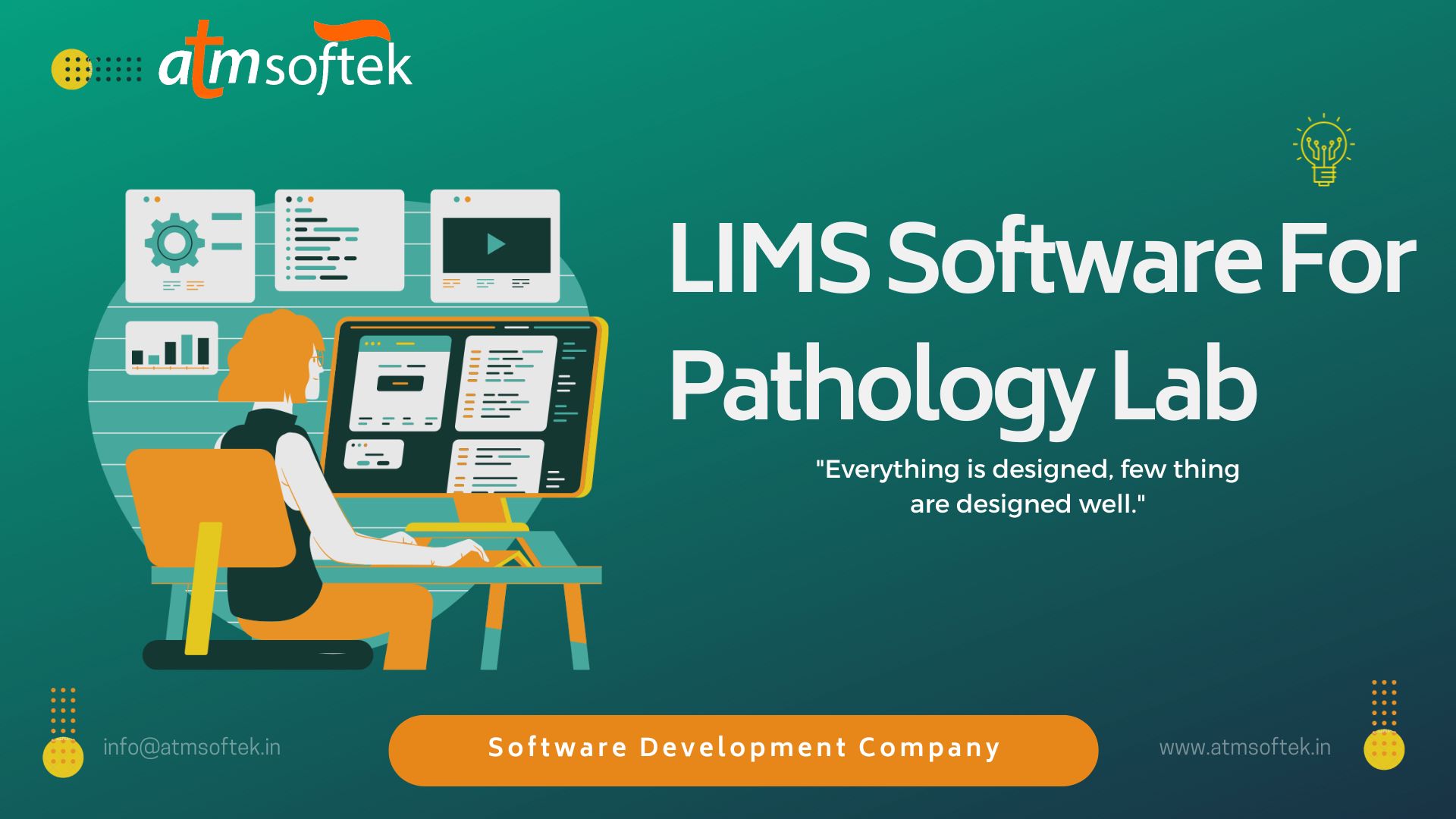
LIMS Software for Pathology LAB
Pathology is an essential branch of medicine that deals with the diagnosis and treatment of diseases by examining bodily fluids, tissues, and organs. It plays a crucial role in the healthcare industry, helping doctors make accurate and timely diagnoses, and guiding the treatment process. However, like many other fields, pathology is also undergoing a major transformation with the introduction of Laboratory Information Management Systems (LIMS) software. This technology is revolutionizing the way pathology laboratories operate, making them more efficient, accurate, and cost-effective. In this blog post, we will explore the future of pathology and how LIMS software is driving this change.
Firstly, what is LIMS software? LIMS is a software system that helps manage, store, and track laboratory data and samples. It is a comprehensive system that streamlines the entire laboratory workflow, from sample collection to analysis and reporting. LIMS software offers numerous benefits to pathology laboratories, including improved efficiency, increased accuracy, reduced turnaround time, and enhanced data management.
One of the primary ways LIMS software is revolutionizing the pathology industry is by automating manual processes. Traditional methods of sample tracking and data entry are time-consuming and prone to errors. With LIMS software, these processes are automated, saving time and reducing the risk of human error. This results in faster turnaround times for test results, allowing doctors to make timely diagnoses and provide appropriate treatment to patients.
Moreover, LIMS software also improves the accuracy of test results. With manual data entry, there is always the possibility of transcription errors, which can have serious consequences for patients. LIMS software eliminates this risk by automating data entry and integrating instruments directly into the system, ensuring accurate and error-free data transfer. This not only improves patient care but also reduces the need for retesting, saving both time and money for laboratories.
Another significant advantage of software is its ability to handle large volumes of data efficiently. With the rise in demand for diagnostic testing, pathology laboratories are generating vast amounts of data every day. LIMS software can manage this data effectively, eliminating the need for manual record-keeping and reducing the risk of data loss. It also allows for easy retrieval and analysis of data, providing valuable insights for research and quality control purposes.
LIMS software is also driving the trend towards paperless laboratories. Traditional pathology labs require large amounts of paper for record-keeping and reporting, leading to increased costs and environmental impact. With this software, all data and reports are stored digitally, reducing the need for paper and streamlining the reporting process. This not only saves money but also promotes sustainability, which is becoming increasingly important in the healthcare industry.
As technology continues to advance, software is also evolving to meet the changing needs of pathology laboratories. New features, such as cloud-based data storage, mobile access, and artificial intelligence (AI) integration, are being introduced to further improve the efficiency and accuracy of laboratory operations. For example, AI can analyze data and identify patterns that may go unnoticed by humans, leading to more accurate diagnoses and better treatment outcomes.
In conclusion, LIMS software is revolutionizing the pathology industry, and its impact will only continue to grow in the future. With its ability to automate processes, improve accuracy, manage large volumes of data, and promote sustainability, This transforming the way pathology laboratories operate. It is an essential tool for healthcare professionals, allowing them to provide better and more efficient patient care. As technology continues to advance, we can expect LIMS software to play an even more significant role in the future of pathology.
Copyright @. atmsoftek All Rights Reserved By atmsoftek